Description of Sidamo Coffee characteristics, Flavor and Taste introduction of hand-brewing methods of Huakui Coffee Bean varieties
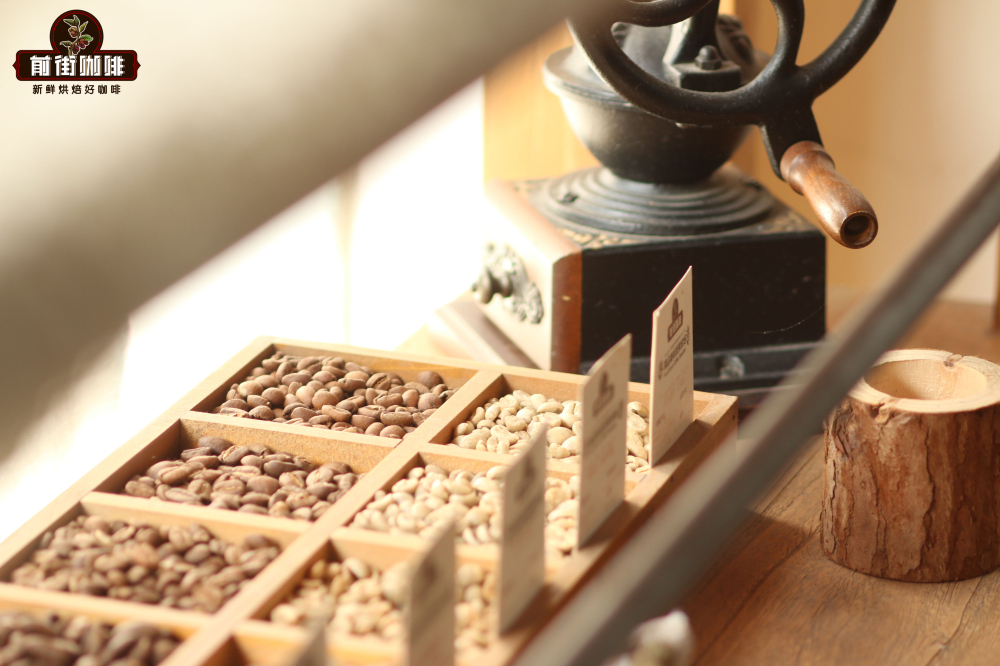
As the birthplace of coffee, Ethiopia has been providing high-quality coffee all over the world. Ethiopian coffee has been appreciated by many coffee lovers for its rising acidity, and many of them are even stuck in it. Friends often ask Qianjie Coffee as soon as they enter the door: are there any Ethiopian coffee beans here? However, on the bean shelf in front street, there are also a lot of coffee beans in Ethiopia. How can we find our own food?
For many coffee rookies, before falling into the abyss pit of coffee, they all started from the menu of boutique cafes, "washing Yega Xuefei and tanning Sidamo". Coffee glutton is often heard to say that washing Yega is like a light scented tea and the sun's Sidamo is like berry juice. Such a statement is not without reason.

Also a famous coffee producing area in Ethiopia, Yejasuefi coffee beans are washed and treated with water. The fresh and refined fragrance of white flowers has become the killer mace of Yejiaxuefei coffee.
On the other hand, the coffee beans in the Sidamo area use the traditional sun treatment to retain the complete coffee fruit, and more sugars in the pectin in the peel and pulp are involved in it, providing more sugar for the sun fermentation and drying process. bring thicker taste and more attractive flavor to the final product.
Due to the reason of the sun, the aroma of sun-dried beans is rich, and the layers are complex and rich. In some coffee and raw bean competitions, the Sidamo producing area can often be seen on the award list, so there are a large number of people who like to bask in the sun. What makes the Sidamo production area really famous in China is an incident of carrying goods in reverse. Luckin Coffee launched the Sakuran SOE series.
Although the name of Huakui Coffee is beautiful, it is only the name of a coffee bean. The names of coffee beans in China are colorful and varied, many of which have a beautiful artistic conception. In fact, in the naming of coffee beans, the name of the producing area or the name of the manor are often used. The name of Huakui Coffee dates back to 2017.
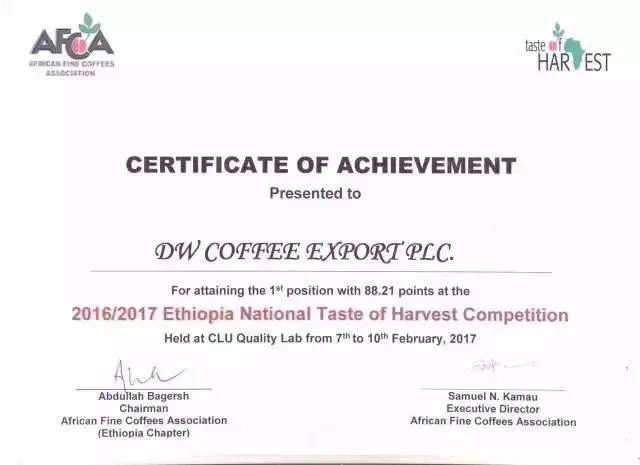
In 2017, Ethiopian raw bean company DW sent its sun-dried coffee beans from Humbera's Buku Abel processing plant to participate in that year's TOH competition, which won the championship of the 2017 TOH Ethiopia sunburn group because its unique strawberry cream flavor captured the hearts of the international judges.
Lifelong bean merchants in Beijing introduced the same batch of award-winning coffee beans to Chinese mainland. Because its flavor was comparable to that of a red and spicy chicken, it was named "Sakuran", which meant the head of a hundred flowers.
In the same year, in the field of the China Coffee Brewing Competition, Rosa coffee beans swept the field. Li Jianfei chose Huakui coffee beans to participate in the competition and finally won the second place, which also made Huakui coffee beans famous to a certain extent.
Many consumers who have identified the word "Sakui" will be surprised to find that when they go to online stores or physical stores to buy Sakui coffee beans, why is "Sakuran" followed by a string of numbers? is Sakui 5.0 Sakui coffee beans?
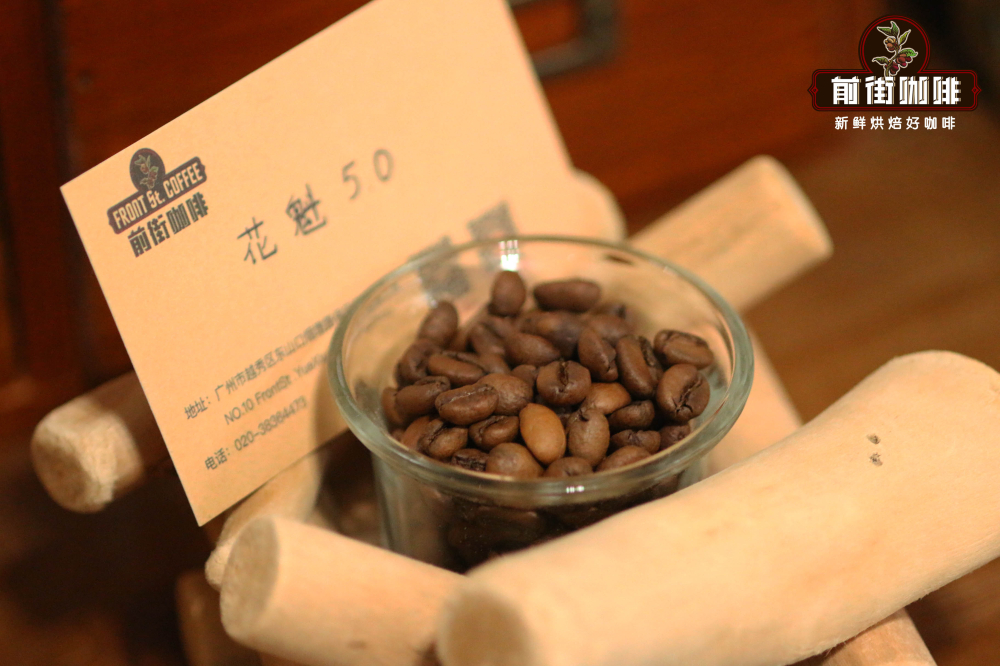
In fact, Sakui Coffee has developed six generations of products since 2017. The naming of Sakuran coffee beans follows the style of "Sakuran X.0". Sakui 2.0 in 2018, Sakuran 3.0 in 2019, Sakuran 4.0 in 2020, and Sakui 5.0 in 2021, then, of course, Sakui 6.0 in 2020.
On the bean shelf of Qianjie Coffee, there are two kinds of Sakuran coffee beans, Sakuran 5.0 and Xiaozhikui. As the Buku Abel that produces Huakui coffee beans is surrounded by sugar cane and banana trees, it provides proper shade for coffee trees in the hot sun, and the planting conditions at high altitude make the coffee produced here as sour, sweet and smooth as the taste of Huakui coffee introduces.

Through the cup test and comparison of the two kinds of coffee beans, Qianjie Coffee found that the flavor of Huakui 5.0 tends to the flavor of Guji producing area, with a hint of flower, citrus acid and tropical fruit juice, while the flavor of small Huakui coffee is berry, grapefruit, honey and orange blossom.
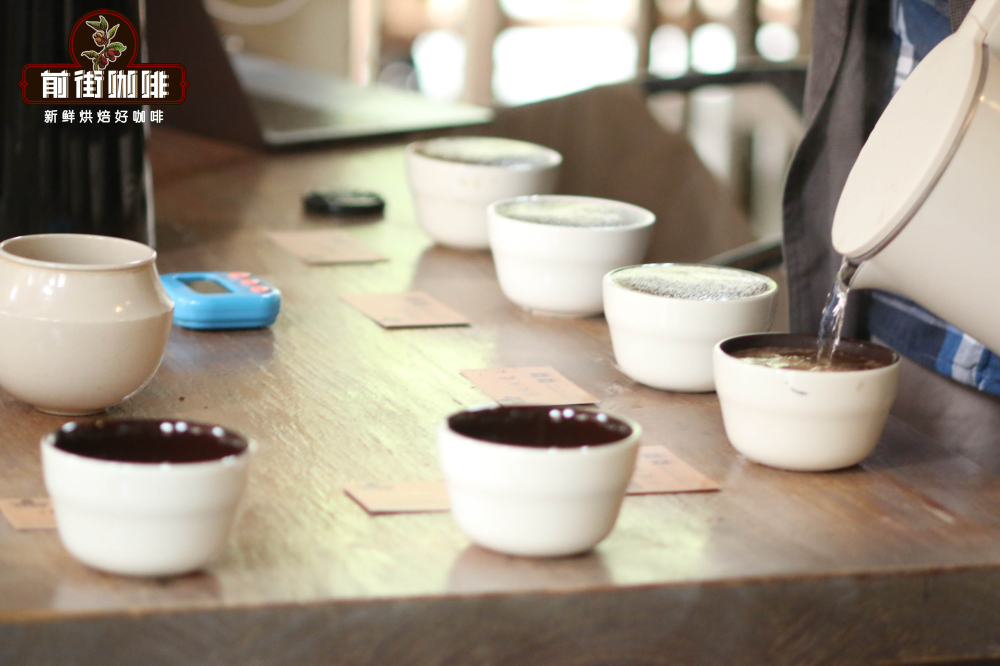
With the arrival of the new production season in 2022, many coffee lovers who love to taste fresh have already tasted the first soup of Huakui 6.0. Qianjie Coffee has also been catching up with the new Sakuran Coffee series since 2017. Fans on Qianjie may wonder why they haven't seen the figure of Sakuran 6.0 on the bean rack of Qianjie coffee for so long.
It is important to know that coffee is one of the agricultural products, and different factors such as temperature and rainfall in each year will bring different changes to the flavor of coffee produced in the current season, as is the case with the Sakuran series. Qianjie Coffee started with Beijing raw bean merchant Hongshun and found a lot of defective beans such as flat lentils, shell beans, broken beans, unripe beans and so on.
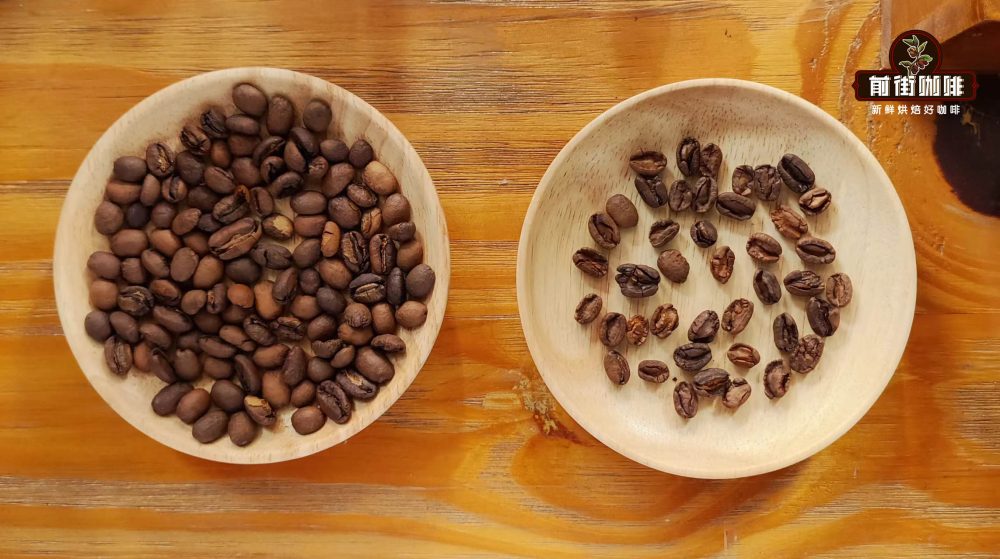
The roaster of Qianjie Coffee roasts roasted raw coffee beans in Huakui 6.0 after removing 20% to 30% of the defects. Baristas of Qianjie Coffee can still pick out a large number of unconventional coffee beans among the roasted Huakui 6.0 coffee beans. The barista of Qianjie Coffee tested the cup of Sakui 6.0, which has a sweet flavor of berries, honey and passion fruit.
Because of the high defect rate of Sakui 6.0 in the new season, Qianjie looked for another sunny Huakui coffee bean in the new season through the Buku processing plant where Humberra produced Sakui in 2017. This Huakui coffee bean, also from Humbera, is full of raw beans after sun treatment in the Buku processing plant. It is similar to the Huakui coffee beans in previous years, and its flavor and taste are more pleasant.
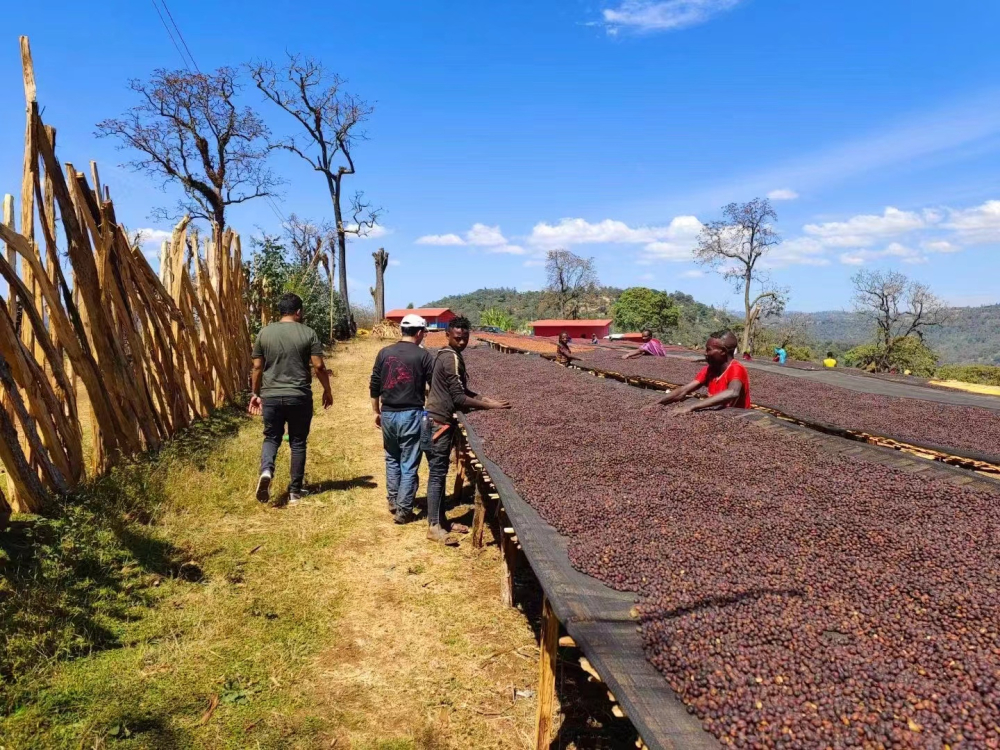
Qianjie coffee beans are affordable, and when many people ask about the most cost-effective Essex beans, the baristas of Qianjie Coffee will usually introduce Sakui Coffee. However, for many friends, it is easy to buy coffee beans, but difficult to make a good cup of coffee. Next, Qianjie will introduce how Qianjie produces Huakui coffee.
Filter cup: Hario V60
Water temperature: 90 degrees Celsius
Amount of powder: 15g
Ratio of powder to water: 1:15
Grinding degree: the pass rate of Chinese standard No. 20 screen is 80%.
Qianjie delivery within 5 days of freshly roasted coffee beans, just after 4 to 7 days of bean cultivation period. However, when brewing, the coffee powder particles are still rich in carbon dioxide gas, so Qianjie recommends steaming for 30 seconds, depending on the degree of expansion and conditions of the steaming "hamburger".

First inject 30 grams of hot water and steam for 30 seconds, inject fine water from the central point and slowly circle 125 grams, when the water level in the filter cup is about to reveal the powder bed and continue to inject water around 225 grams, the total extraction time is about 2 minutes. When injecting water, it should be noted that the circle of water injection needs to be gentle with the coffee powder on the wall of the filter cup. if the powder wall is broken, more water will enter the sharing pot without extracting the coffee powder, which will eventually lead to the "water feeling" of the finished product.
For more information about coffee beans, please follow the coffee workshop (Wechat official account cafe_style)
For professional coffee knowledge exchange, please add Wechat account kaixinguoguo0925.
Important Notice :
前街咖啡 FrontStreet Coffee has moved to new addredd:
FrontStreet Coffee Address: 315,Donghua East Road,GuangZhou
Tel:020 38364473
- Prev

An introduction to the Ethiopian Sidamo Valley Geisha G1
Follow caf é (Wechat official account vdailycom) found that Beautiful Caf é opened its own shop Ethiopia Sidamo Guji G1 Ethiopia Sidamo Valley Geisha G1 washing treatment method Sidamori Guji producing area. There are more than a dozen Coffee Review website scores above 92, and there are also several high scores of 94.95. the famous Yadi comes from Guji producing area. Within the territory
- Next

Description of the producing area and taste of Sidamo Shakiso coffee
Following Cafe Review (Wechat official account vdailycom) found that Cafe Cafe opened a small shop of its own, Sidamo coffee flavor is very diverse, because of different soil ingredients, regional microclimate and countless native coffee varieties, the coffee produced in each town area has obvious differences and characteristics. The Sidamo producing area (Sidama) is located in southern Ethiopia. this
Related
- Detailed explanation of Jadeite planting Land in Panamanian Jadeite Manor introduction to the grading system of Jadeite competitive bidding, Red bid, Green bid and Rose Summer
- Story of Coffee planting in Brenka region of Costa Rica Stonehenge Manor anaerobic heavy honey treatment of flavor mouth
- What's on the barrel of Blue Mountain Coffee beans?
- Can American coffee also pull flowers? How to use hot American style to pull out a good-looking pattern?
- Can you make a cold extract with coffee beans? What is the right proportion for cold-extracted coffee formula?
- Indonesian PWN Gold Mandrine Coffee Origin Features Flavor How to Chong? Mandolin coffee is American.
- A brief introduction to the flavor characteristics of Brazilian yellow bourbon coffee beans
- What is the effect of different water quality on the flavor of cold-extracted coffee? What kind of water is best for brewing coffee?
- Why do you think of Rose Summer whenever you mention Panamanian coffee?
- Introduction to the characteristics of authentic blue mountain coffee bean producing areas? What is the CIB Coffee Authority in Jamaica?

